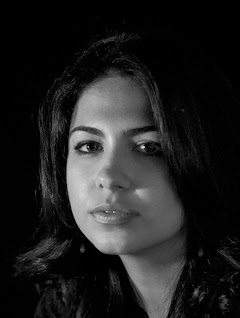Beat
I am interested in documenting life in the aftermath of war. I want to give stories a human dimension. There’s something incredibly raw about being able to witness the returning human spirit of people and communities in a post-war society.
One Shot

“This image was taken in Afghanistan in the Wakhan Corridor. Initially, I came to Tajikistan to document labour migration from Dushanbe to Moscow. I spent about a month in the region trying to make the project work, but over and over again, my attempts fell through. I decided to head east along the Silk Road before travelling overland to Afghanistan. The trip came unexpectedly – yet by shifting my focus, I suddenly discovered a new story. For me, this image represents a lot of my work, which is often adventitious and remote.”
Profile
I’ve always been passionate about art. My grandfather is a painter and I had my mind set on being a ballet dancer before an injury intervened. I eventually studied journalism in graduate school, where I picked up my first camera.
I didn’t have any formal training or background in photography. I was introduced to photography by Melanie Burford a photojournalist, who spoke to my writing class about the power of still images. Her work resonated with me; there was dignity behind every image. I took a photography class with her before I moved to Russia, where I started my career as a freelance photographer.
Just a few months after moving to Moscow, I started to document heroin addicts in the small town of Tver. I worked on the story for a few months before meeting a handful of photo editors in Moscow. Some weeks after my meeting with Reuters, I got a call from the head photo editor, who asked me if I’d be interested in shooting images for an in-depth piece on heroin in Russia. It was a really amazing feeling – naturally the editor could have used his staff photographer, but instead took a chance on me. It is something I will never forget.
I spent a significant amount of time in Russia’s Northern Caucasus, a region that’s often unpredictable and dangerous to cover. It was challenging for me in the beginning to relate to people I met in places like Chechnya, a region that witnessed nearly two decades of war. It bothered me for a while. I would come home, write things down; my feelings, their experiences and how they contrasted. There came a certain point when I allowed myself to be vulnerable with the people I photographed. The overall experience was so much more than the images I created. The people I met became my friends. And the region became my home. It is hard to explain to someone what made Chechnya so wonderful – yet, it felt like a gift to be there.
I am still exploring and finding my voice in photography. I can’t say a certain type of story excites me over another. I think I am a curious person, and I like to learn. This motivates me to keep exploring and producing new work. I want my work to have depth and hopefully speak to people.
My commitment and passion for this profession doesn't come from simply creating images. It comes from building relationships. You have to be a person before you are a photographer.
Lately I have been really taken by the work of Tomas Munita. His use of colour and light is breathtaking. He is also an example of a photographer who doesn’t shoot for himself. He takes time with his stories and is able to continually develop and experiment from project to project.
Behind the Scenes

